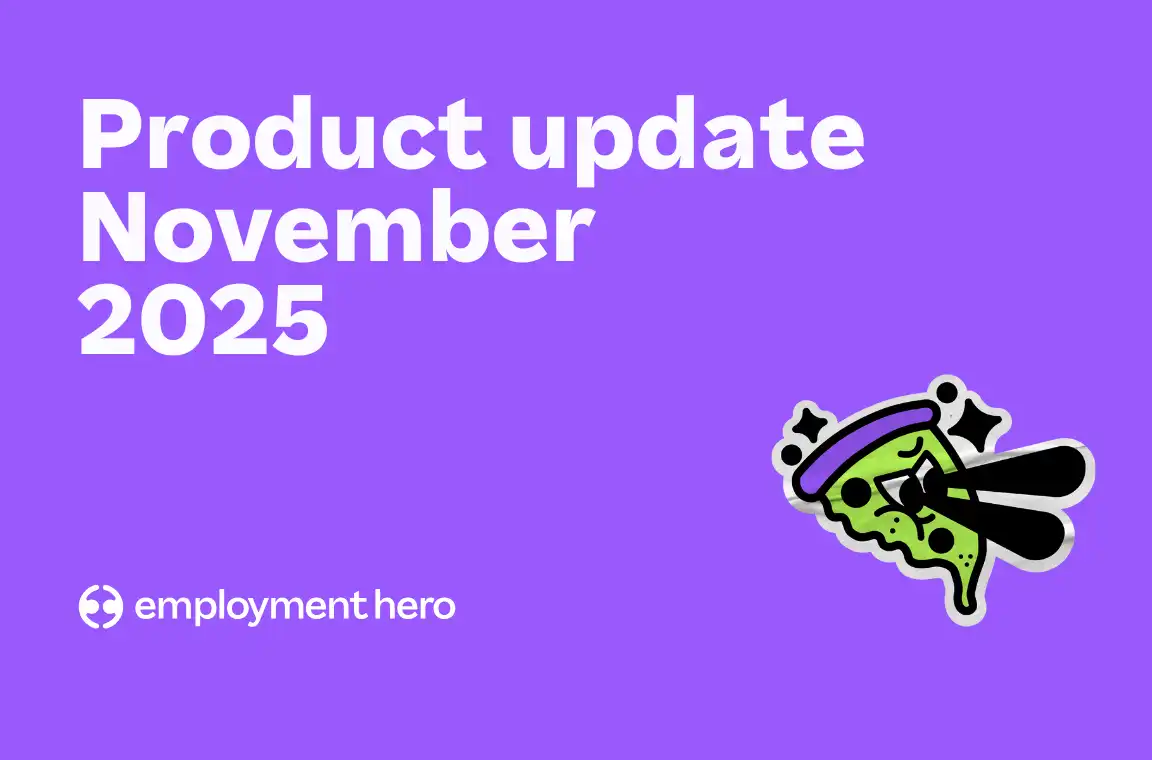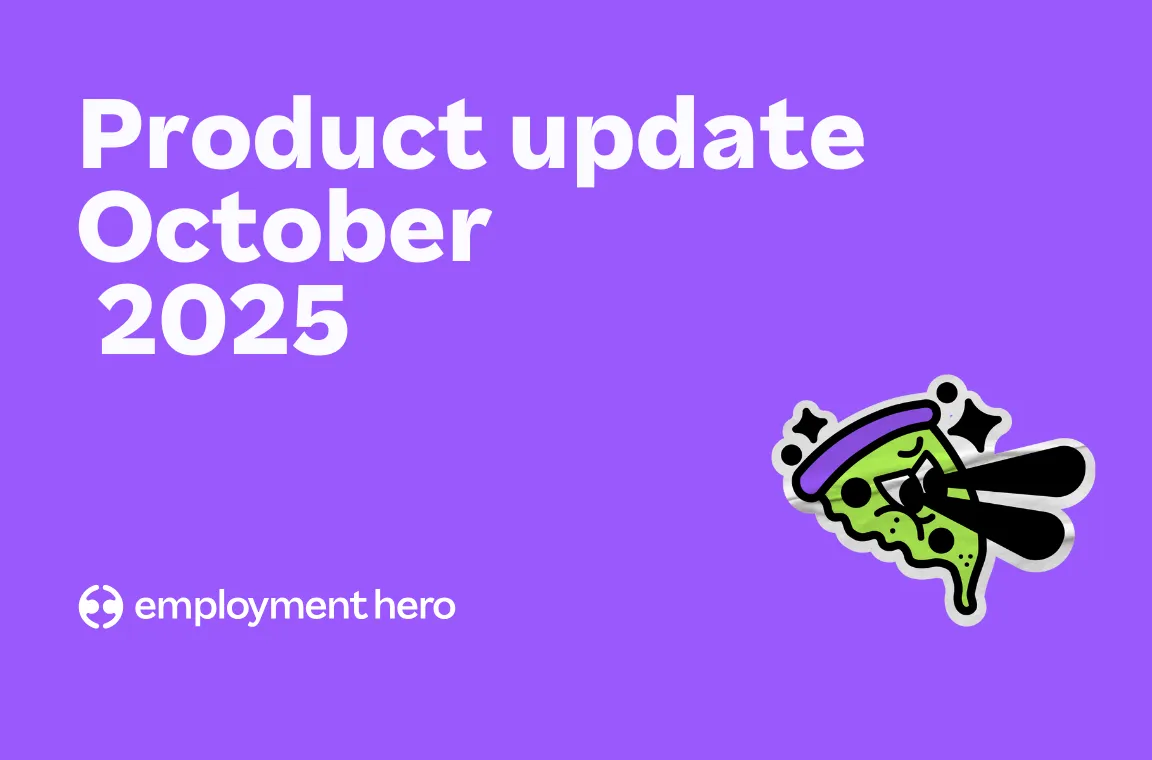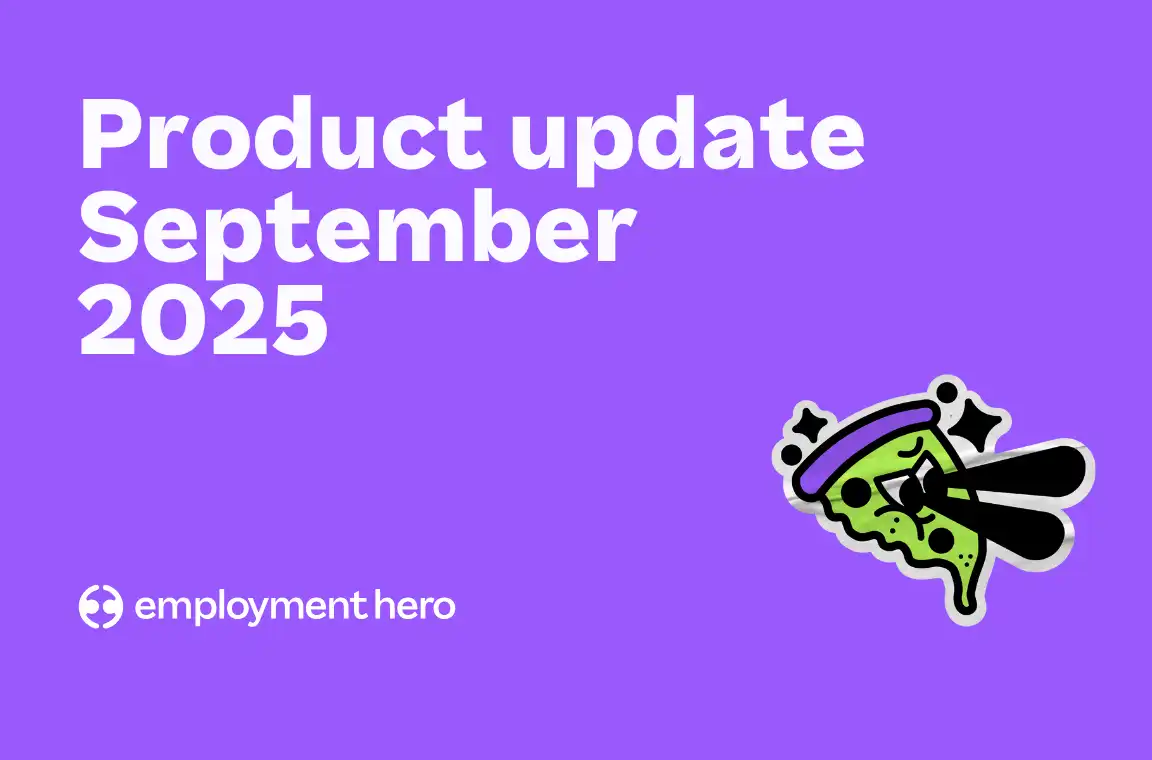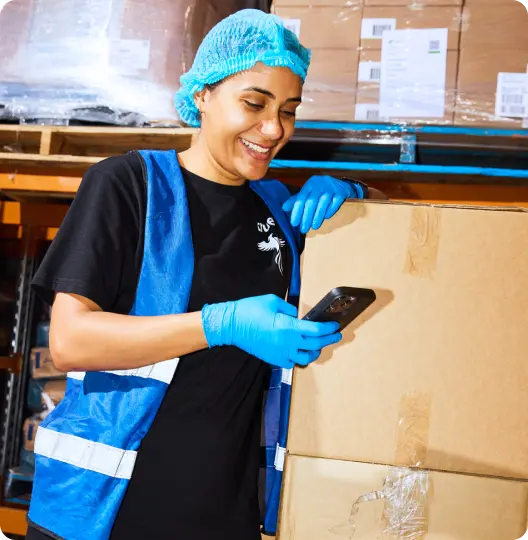The Progressive Wage Model expansion explained
In light of the recent expansion of the progressive wage model, let’s explain what the model is and what changes are taking place.

If there’s one positive thing that emerged from the pandemic, it’s the fact that Covid-19 shone the spotlight on how important essential workers are to our everyday lives.
And it’s not just healthcare workers we’re talking about — it’s the blue collar workers who help keep our environment, malls, and streets clean; the security officers who safeguard our lives and properties; the service staff that deliver food promptly with a smile when we enjoy a nice meal out; and more. Many of them were on the frontlines in Singapore’s response to the health crisis — they were essential workers vital in keeping basic services going.
With an incoming GST hike and core inflation hitting a 13-year high — the cost of living is increasing rapidly in Singapore. And the ones that are the hardest hit? The lower-wage workers. Struggling from financial pressures and living precariously from paycheck to paycheck, they are the most vulnerable group when faced with tough times.
Thankfully, the government is clearly aware of the importance in protecting these workers. At Budget 2022 this year, they unveiled plans to spend $9 billion over the next 5 years, to provide more support for lower wage workers.
18 key recommendations from the Tripartite Workgroup on Lower-Wage Workers were also accepted — which include expanding the Progressive Wage approach and coverage to uplift more local lower-wage workers.
In light of the recent expansion of the progressive wage model, let’s explain what the model is and what changes are taking place.
What is the Progressive Wage Model (PWM)?
The Progressive Wage Model was developed by tripartite committees consisting of unions, employers and the Singapore government, aimed at uplifting the wages of lower wage workers through skill upgrading and improved productivity. It was first introduced in June 2012 by the National Trades Union Congress (NTUC), who recognised that low-wage workers do not have a clear career progression in place.
Singapore does not have a minimum wage, and the PWM is not based on a single legislated wage. Instead, the PWM charts a clear career pathway and wage milestones which workers can aim to achieve. Through training and increased productivity, it helps to improve the bottom line of employers, while customers enjoy better standards and quality of services.
The PWM initially covers Singapore citizens and Singapore permanent residents (PRs) in the cleaning, security and landscape sectors — but will expand to include the retail, food services and waste management sectors in a phased approach as follows:
- Retail from 1 September 2022
- Food services from 1 March 2023
- Waste management from 1 July 2023
So what does this all mean for staff in the retail sector?
Progressive Wage Model expansion for retail sector
Now that the PWM is expanded to cover the retail sector, about 46,000 retail workers stand to benefit from sustained wage increases, minimum training requirements and clear career progression pathways.
Retail staff such as retail assistants, cashiers and assistant retail supervisors will get to enjoy pay increases of 8.4% to 8.5% annually, starting from 1 September this year.
They will also get a minimum pay increment of $125 and above in 2023; and another increase of $200 and above in 2024, depending on the level of their roles. This is all summarised in the table below:

Whilst this is welcome news to employees, employers may feel otherwise. But fret not — there will be a 6 month transitional period for all employers to adjust and comply with the progressive wage requirements. Employers will not be penalised for any non-compliance during this 6 month period.
There is also added flexibility for employers to meet the requirements of the PWM — baseline gross wages will be averaged over three months to account for seasonality in the retail sector. Employers can also incorporate variable wage components such as allowances, commissions, or performance incentives to meet the stipulated wages.
If an employee’s wages does not meet the PWM minimum due to insufficient numbers in variable components, employers can consider the following:
- Retraining workers so they can better meet targets;
- Redesigning job roles so they can better meet targets;
- Increase proportion covered by basic wage; and/or
- Increase allowances.
In summary, here are the three main changes employers in the retail sector need to take note of, taking effect from 1 September 2022:
- A three year plan for sustained baseline wage increases from 2022 to 2024
- There will be a mandatory training requirement of at least 1 Workforce Skills Qualification training module for employees
- Employers with retail workers will need to comply with the new PWM requirements in order to apply for new Work Passes or renew existing Work Passes
Employers, take note — the burden isn’t just on you alone to navigate this wage increase. The Singapore government will help to co-fund PWM wage increases under the Progressive Wage Credit Scheme, to better ease the transition.
What is the Progressive Wage Credit Scheme (PWCS)?
Introduced in Budget 2022 to provide transitional wage support for employers, the Progressive Wage Credit Scheme entails government co-funding of wage increases from 2022 to 2026.
Employers do not need to apply for the PWCS — all employers, except for those on the employer exclusion list, will automatically qualify for the PWCS, if they pay qualifying wage increases to their qualifying resident employees.
Your firm will automatically qualify, if you give wage increases to employees who:
- Are Singapore citizens or Singapore permanent residents;
- Received CPF contributions from a single employer for at least 3 calendar months in the preceding year;
- Have been on your firm’s payroll for at least 3 calendar months in the qualifying year; and
- Have an average gross monthly wage increase of at least $100 in the qualifying year.
The government’s co-funding levels are as follows:
| Qualifying year | First Tier | Second Tier |
| Gross Monthly Wage Ceiling ≤ $2,500 | Gross Monthly Wage Ceiling > $2,500 and ≤ $3,000 | |
| 2022 | 75% | 45% |
| 2023 | 50% | 30% |
| 2024 | 30% | 15% |
| 2025 | 30% | N/A |
| 2026 | 15% | N/A |
For each qualifying year, eligible employers will be notified by the Inland Revenue Authority of Singapore (IRAS) of the payout payable to them, and this payout will be disbursed by Q1 of the subsequent year. So the first payout period for this scheme will be in Q1 2023.
Any additional grants that could help my business?
Check out our Business Grants Portal factsheet for an overview on how you can apply for grants to help support job redesign, or boost productivity and build capabilities to ensure sustainable growth for your business.
You can also tap on the Workfare Skills Support Scheme to offset the training costs for your employees.
What other changes have been implemented in line with the Progressive Wage Model?

Apart from expanding the PWM to new sectors, the other key changes on expanding the Progressive Wage approach and coverage include:
- Extending the PWM to cleaners, security officers, and landscape maintenance workers employed directly in-house, rather than through outsourced vendors;
- Extending the PWM to cover occupations that do not fall neatly within a sector but across multiple industries, such as administrators and drivers; and
- Requiring all firms that employ foreign workers to pay their local workers the Local Qualifying Salary (LQS).
In addition to the existing PWM, all these new implementations will help to cover 234,000 workers, or 82% of full-time lower-wage workers in Singapore. More information on the upcoming retail and food services PWMs will be announced later, so keep your eyes peeled for them!
What is the Progressive Wage Mark?
Another new initiative that will start in the later half of 2022, the Progressive Wage Mark is an accreditation scheme that recognises firms who pay progressive wages to lower-wage workers.
The recognition allows consumers and corporate buyers to identify and support such firms, enabling them to benefit from greater visibility.
To be eligible for the Progressive Wage Mark, employers must:
- Hire at least 1 local worker covered by Sectoral PWs or Occupational PWs;
- Pay the relevant workers according to PW requirements; and
- Pay all other local workers the Local Qualifying Salary (LQS) at least.
That’s not all, there’s actually a higher tier that employers can aim for — the PW Mark Plus. To achieve that, you need to meet the eligibility requirements of the PW Mark and also adopt the Tripartite Standard on Advancing Well-being of Lower-Wage Workers to be conferred the PW Mark Plus.
How can you prepare for the changes?
As employers, you probably have a thousand and one things to keep track of, on top of existing operations to keep your business running smoothly. With constant changes in legislation and phased implementations, some things tend to fall under the radar. Instead of having to deal with all the complicated calculations manually, why not invest in an automated payroll software like Employment Hero?
Suited for all small to medium sized businesses in Singapore, Employment Hero helps you feel confident each payroll run, with automated calculations and streamlined administration — all from our cloud-based platform.
You can automate most of the payroll decision-making processes with custom rule sets. This includes overtime rules, conditional pay rules, allowances, auto-pay increases and more. Our implementation experts will work with you to make sure your payroll rules are tested and set up for your business needs, making payroll management as easy as possible.
In just a few simple clicks, you can process, finalise and publish your payroll. We also help transform the way your team clocks in and out for a shift — with dynamic rostering, templates, and shift bidding, you’ll have your team’s availability and leave management all in the palm of your hand.
CPF calculations and IRAS submissions have never been easier either. Leave the work of keeping up to date with the latest PWM requirements to us, so you can focus your time and energy on more strategic tasks for your business.
Want more helpful tips? Download our Guide to Payroll in Singapore.
Related Resources
-
 Read more: Product Update: November 2025
Read more: Product Update: November 2025Product Update: November 2025
Welcome to the November 2025 product update from the Employment Hero team. We’ve got lots to share around Workflows, Rostering,…
-
 Read more: Product Update: October 2025
Read more: Product Update: October 2025Product Update: October 2025
Our October 2025 update is here for Singapore. Discover OCBC remittance advice, leave balance checks, rostering, timesheets and more. Read…
-
 Read more: Product Update: September 2025
Read more: Product Update: September 2025Product Update: September 2025
A big hello from the Employment Hero Product team, and welcome to the September 2025 Product Update.










